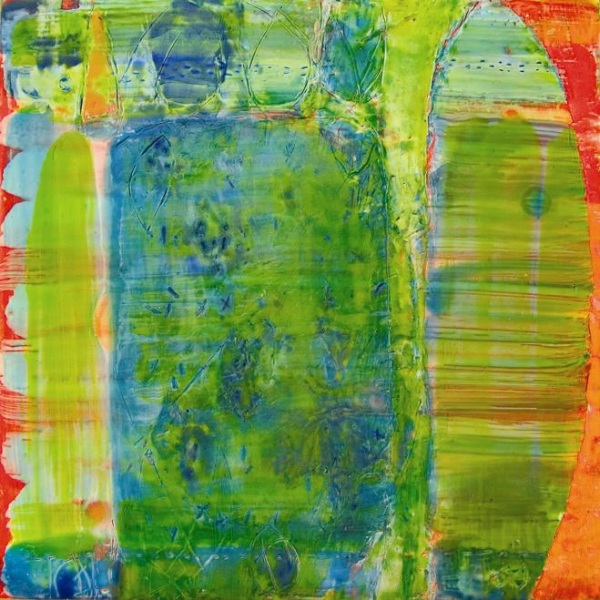Beata Wehr
Biography
"Most of my work relates to my experience as a European living in the U.S. I came here 23 years ago from Warsaw. Since my connection to Poland is very strong, culturally and emotionally I am in between the two worlds. This is probably quite a common experience of many immigrants, so I think that although I am talking about myself, it is more universal. In my work I adress problems with complete understanding on both verbal and non-verbal levels, adaptation, nostalgia, isolation, dislocation and identity. I moved many times, I had 12 homes - so I started to define again the idea and meaning of home. I had to tame the new space in order to make Tucson, which so is different than Warsaw, my new home.
I found artists' books to be especially useful in talking about the issues of identity, immigration, and dislocation. I like their intimate format, and the fact that many media could be combined on the pages, creating layers of images. My books are usually bilingual, or semi-bilingual and I often mix images with writing, pieces of newspapers, found objects and other elements reflecting the everyday life in Tucson as well as my links to Poland. I try and combine two different experiences from two different worlds in this 'in between' situation. I started to think it is possible, although my native life, language, landscape, and culture are so different then my life here in tucson.
I am also interested in recording the passage of time, obsessed by the changes happening in our life, changes of our fragile bodies, our minds. I am curious how the past determines the present ans how what is happining now influences our thinking of the past. The rhythm of life is deiiferent depending on the place we live, our age, occupation, gender, and role in a family and in a society. I am trying to capture chunks of time comparing different periods of my life, recording transience by creating journal-like books, time lines, letters from the past, calenders. In my work the past is mixed with the present, experiences from Poland with those from here. Some of the materials I am working with are found, so their history is unknown to me, and this mystery creates yet another layer of thinking about the time with all what is unknown and can only be guessed. Time and transience are very important factors in our lives, and this is why I am choosing them as a subject.
I feel that experiencing influences of the two different cultures - Polish and American - shapes my identity and perception of life, and this is what I want to communicate to a viewer."
Exhibitions
Beata Wehr
Taming the Landscapes
November 6th – 28th, 2009
Selected Works

E 11a (2009)
encaustic on panel, 12 x 12 inches